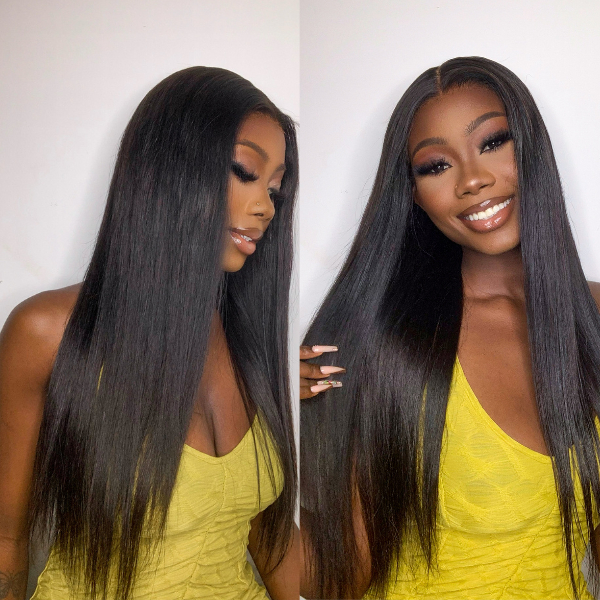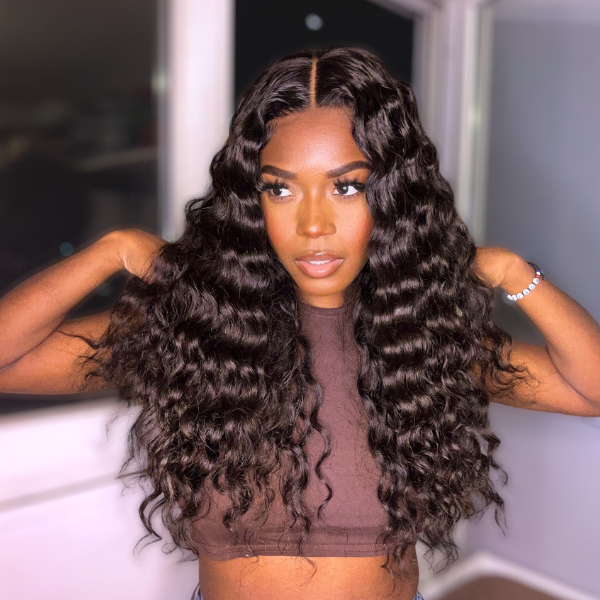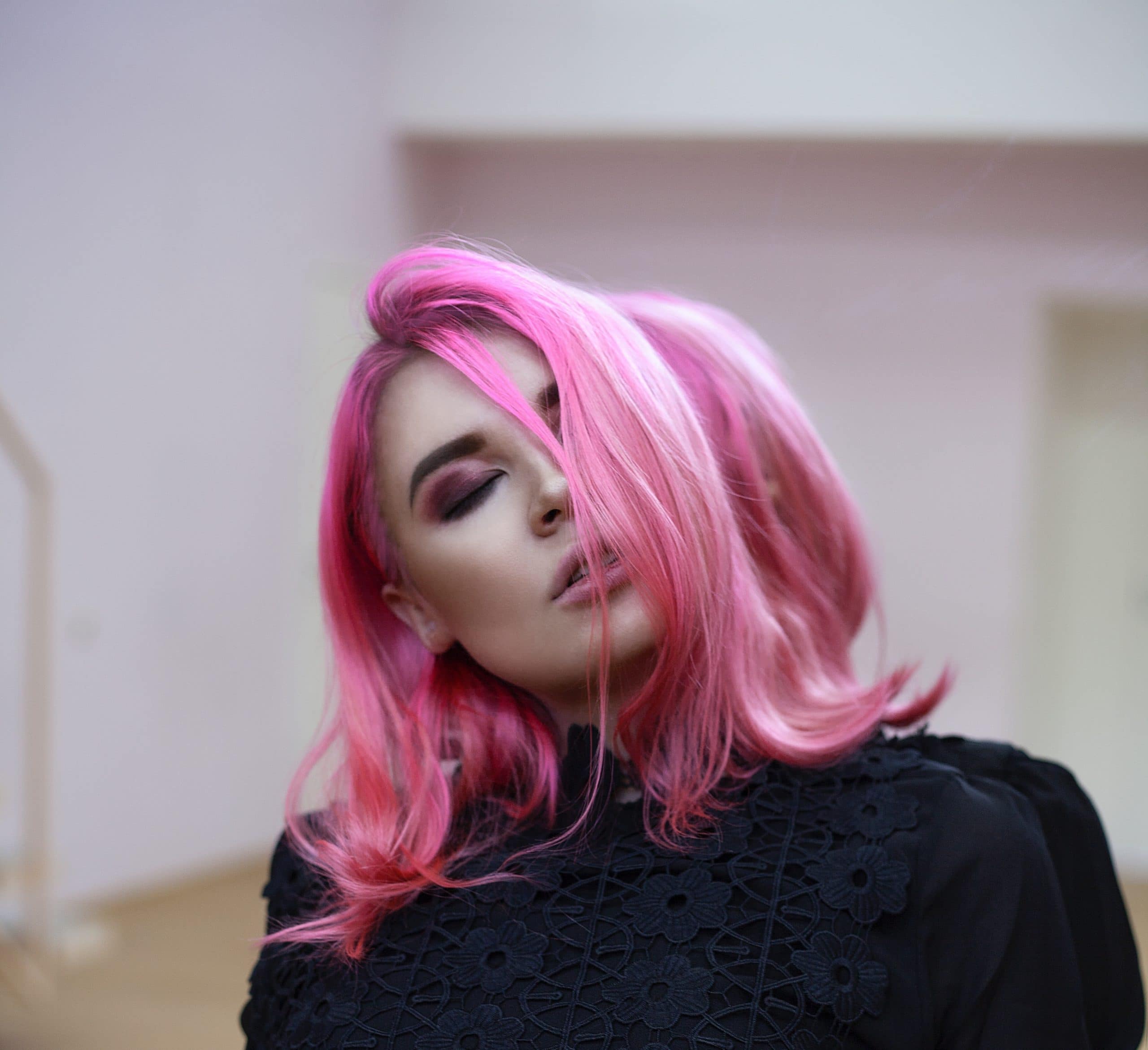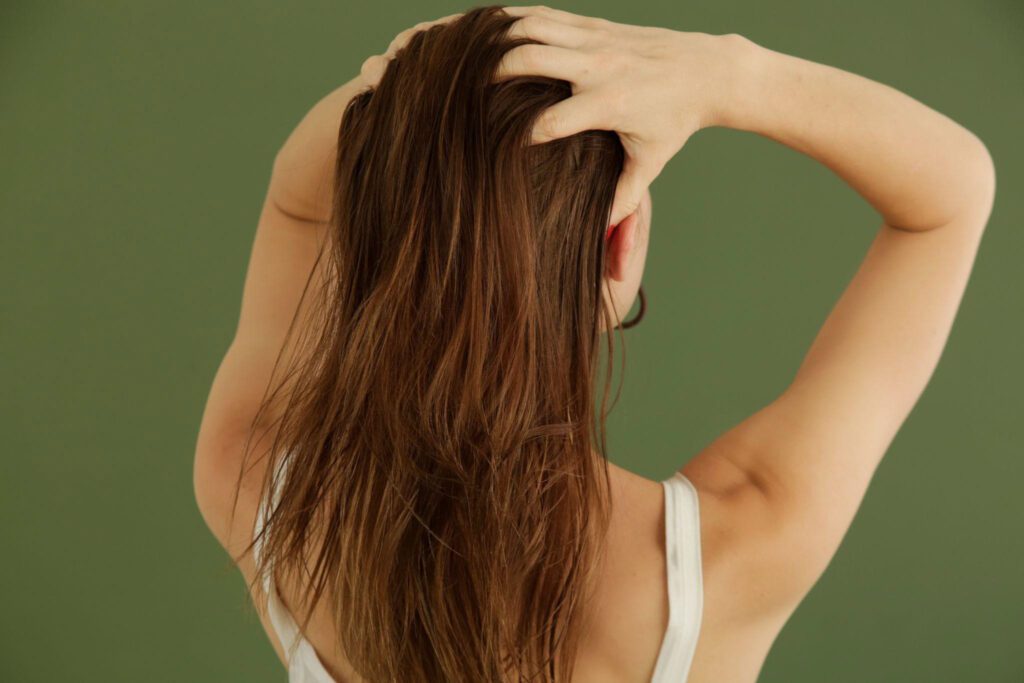Introduction
Lightening synthetic hair can be a fun and creative way to transform your look. While you cannot lighten synthetic hair in the same way as natural hair, there are a few methods you can try to achieve a lighter shade or add highlights to your synthetic hair. It’s important to note that these methods may not work on all types of synthetic hair, and results can vary. Additionally, always perform a strand test before applying any lightening products or techniques to ensure that the hair does not become damaged or discolored.

-
Using Fabric Dye:
One method for lightening synthetic hair is to use fabric dye. Fabric dyes are designed to work on synthetic materials, including synthetic hair. Choose a fabric dye in a lighter shade than your synthetic hair color. Make sure to select a dye specifically formulated for synthetic materials.
Here’s a step-by-step guide to using fabric dye to lighten synthetic hair:
- Start by preparing a dye bath according to the instructions on the fabric dye packaging.
- Carefully submerge the synthetic hair extensions or wig into the dye bath, ensuring that all the hair is covered.
- Allow the hair to soak in the dye bath for the recommended duration specified on the fabric dye packaging. This will usually be around 15-30 minutes.
- After the desired time has elapsed, remove the hair from the dye bath and rinse it thoroughly with cool water.
- Gently squeeze out excess water and allow the hair to air dry.
Remember, results may vary depending on the original color and quality of the synthetic hair. It’s also crucial to choose a dye that is lighter than the current color of your synthetic hair, as you cannot lighten synthetic fibers beyond their original shade.
-
Using Acrylic Paint:
Another technique to lighten synthetic hair is by using acrylic paint. Acrylic paints offer a wide range of colors, including lighter shades that can be used to create highlights or overall lightening effects on synthetic hair. When using acrylic paint, be sure to select non-toxic, water-based paint that is safe for use on synthetic materials.
Here’s a step-by-step guide to lightening synthetic hair with acrylic paint:
- Dilute the acrylic paint by mixing it with water in a ratio of 1 part paint to 4 parts water. Adjust the ratio according to the desired lightness and intensity of the color.
- Use a paintbrush or sponge applicator to apply the diluted paint onto small sections of the synthetic hair. Start from the ends and work your way up towards the roots to create a natural-looking gradient.
- Allow the paint to dry completely before handling the hair. You can speed up the drying process by using a blow dryer on the lowest heat setting.
- Once the paint is dry, gently comb through the hair to remove any tangles or clumps.
- Style the hair as desired to showcase the lightened effect.
Keep in mind that acrylic paint may slightly alter the texture of the synthetic hair and can cause stiffness. It’s essential to use a small amount of paint and gradually build up the color to achieve a natural-looking lightening effect.
-
Using Dry Shampoo or Baby Powder:
If you’re looking for a temporary and non-permanent way to lighten your synthetic hair, you can try using dry shampoo or baby powder. These products can help create a lightening effect by absorbing excess oils and darkening the hair. While this method doesn’t actually lighten the synthetic fibers, it can give the appearance of lighter hair, especially if you have a darker shade of synthetic hair.
Here’s a step-by-step guide to lightening synthetic hair with dry shampoo or baby powder:
- Begin by applying a small amount of dry shampoo or baby powder to your hands.
- Gently rub your hands together to distribute the product evenly.
- Apply the dry shampoo or baby powder to the synthetic hair, focusing on the roots and working your way down to the ends.
- Use a brush or comb to blend the product into the hair, ensuring even coverage.
- Style the hair as desired to showcase the lighter appearance.
Dry shampoo or baby powder is a temporary solution and will wash out with water or when you next shampoo your hair. It’s important to note that this method may not work well on lighter shades of synthetic hair or if your hair has a very smooth texture.
Remember, it’s crucial to perform a strand test before attempting any lightening method on synthetic hair. This will help you determine how the hair reacts to the product or technique and avoid any potential damage or undesirable results. Additionally, always follow the instructions provided by the manufacturer of the lightening product or consult with a professional stylist for personalized advice and recommendations.
-
Using Alcohol-based Hair Dye:
Alcohol-based hair dyes are another option for lightening synthetic hair. These dyes are specifically formulated for use on synthetic fibers and can provide a more permanent color change compared to fabric dye or acrylic paint. When using alcohol-based hair dye, it’s essential to follow the instructions carefully to achieve the desired lightening effect without damaging the synthetic hair.
Here’s a step-by-step guide to lightening synthetic hair with alcohol-based hair dye:
- Select an alcohol-based hair dye in a lighter shade than your current synthetic hair color. Make sure to choose a dye that is suitable for use on synthetic materials.
- Prepare the hair dye according to the manufacturer’s instructions, ensuring that you have all the necessary tools and supplies on hand.
- Apply the hair dye to small sections of the synthetic hair, starting from the ends and working your way up towards the roots. Use a dye brush or applicator to ensure even coverage.
- Allow the dye to process for the recommended duration specified on the packaging. This typically ranges from 20-40 minutes, depending on the desired lightness and intensity of the color.
- Rinse the hair thoroughly with cool water to remove the excess dye and reveal the lightened effect.
- Follow up with a conditioning treatment to restore moisture and softness to the synthetic hair.
Alcohol-based hair dyes can offer a more long-lasting lightening effect on synthetic hair, but it’s crucial to conduct a patch test and strand test beforehand to check for compatibility and avoid any adverse reactions.
-
Using Hair Lightening Spray:
Hair lightening sprays are convenient products that can help lighten synthetic hair without the need for harsh chemicals or dyes. These sprays are designed to gradually lighten the hair over time, allowing you to control the level of lightness and adjust the intensity of the color as needed. Hair lightening sprays are available in various shades and formulas suitable for synthetic hair.
Here’s a step-by-step guide to lightening synthetic hair with a hair lightening spray:
- Select a hair lightening spray specifically formulated for use on synthetic hair. Choose a shade that matches your desired lightening effect, whether it’s subtle highlights or an overall lightened look.
- Shake the hair lightening spray well before use to ensure that the formula is evenly mixed.
- Hold the spray bottle at a distance from the hair and apply the product to small sections of the synthetic hair. Focus on areas where you want to create lightening effects, such as the ends or layers.
- Allow the hair to dry completely before styling to reveal the lightened results. You can use a blow dryer on a low heat setting to speed up the drying process.
- Reapply the hair lightening spray as needed to achieve the desired level of lightness and maintain the lightened effect over time.
Hair lightening sprays are a convenient and temporary solution for adding highlights or lightening synthetic hair without causing damage. It’s important to follow the instructions provided by the manufacturer and avoid over-spraying to prevent buildup or uneven color distribution.
-
Using Heat Tools for Lightening Effects:
In addition to lightening products and dyes, you can also use heat tools, such as flat irons or curling wands, to create lightening effects on synthetic hair. By applying heat to specific sections of the hair, you can achieve subtle highlights or create dimension within the hairstyle. This method is best suited for synthetic hair that can withstand heat styling and is not prone to melting or damage.
Here’s a step-by-step guide to using heat tools for lightening effects on synthetic hair:
- Select a heat tool with adjustable temperature settings and ensure that it is suitable for use on synthetic fibers.
- Choose small sections of synthetic hair where you want to create lightening effects, such as around the face or on the ends.
- Gently clamp the heat tool onto the selected sections of hair and apply heat for a few seconds to create subtle highlights or lightened streaks.
- Release the heat tool and allow the hair to cool before styling or adjusting the placement of the lightened sections.
- Repeat the process on other areas of the hair to create a natural-looking lightening effect throughout the hairstyle.
When using heat tools on synthetic hair for lightening effects, it’s essential to use caution and avoid applying excessive heat to prevent damage or melting of the fibers. Test the heat tool on a small section of hair first to ensure compatibility and adjust the temperature settings as needed.
-
Seeking Professional Assistance:
If you’re unsure about lightening synthetic hair or want to achieve a specific lightening effect, consider consulting with a professional hairstylist who has experience working with synthetic hair. A professional stylist can offer personalized advice, recommend suitable lightening techniques or products, and help you achieve the desired results while maintaining the health and quality of your synthetic hair.
In conclusion
While you cannot lighten synthetic hair in the same way as natural hair, there are several methods you can try to achieve a lighter shade or add highlights to your synthetic hair. Using fabric dye, acrylic paint, or dry shampoo/baby powder are some of the techniques you can explore. Remember to exercise caution, perform a strand test, and consider seeking professional guidance to ensure the best results while preserving the quality and integrity of your synthetic hair.